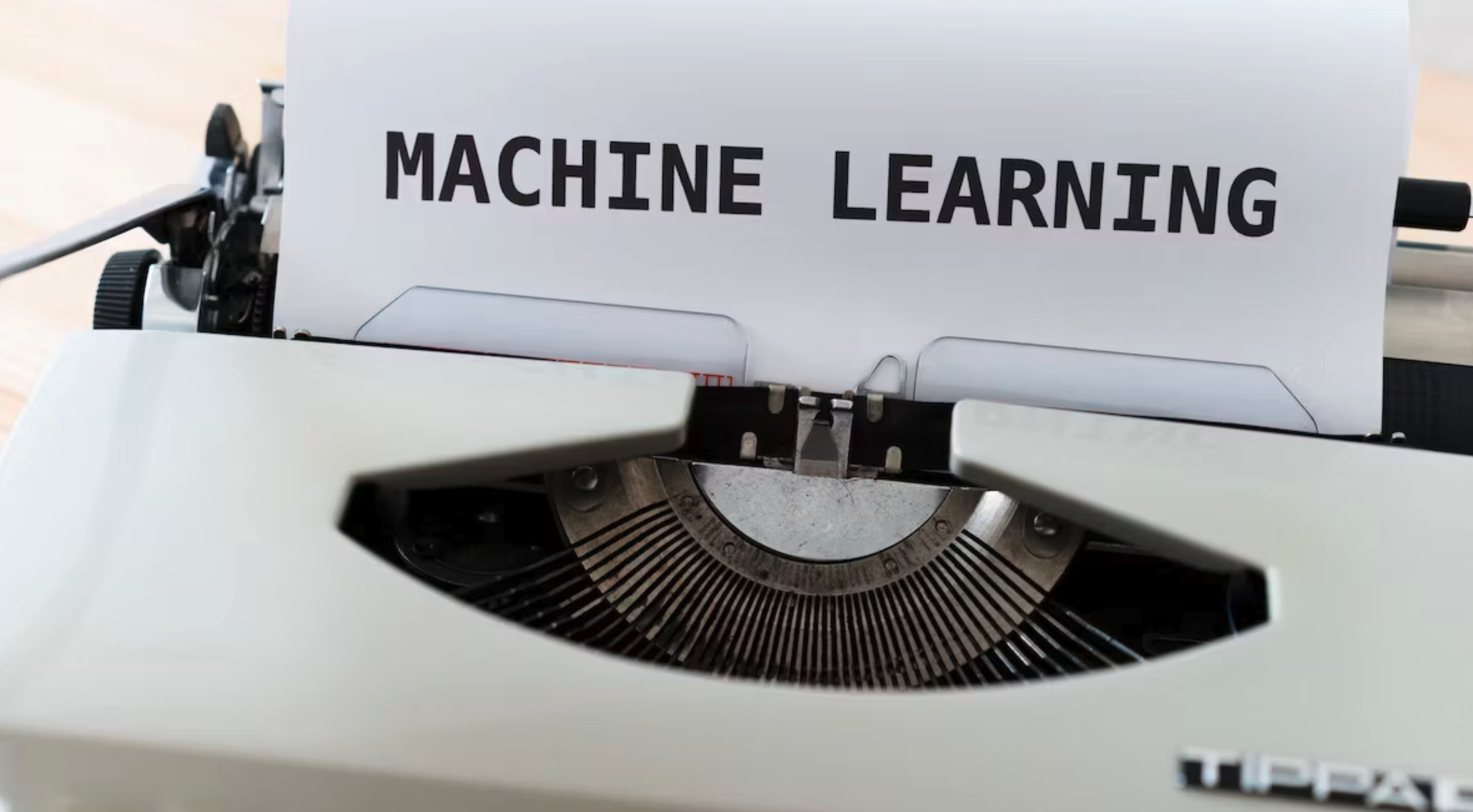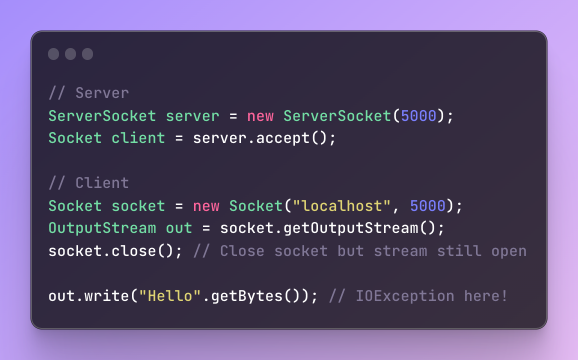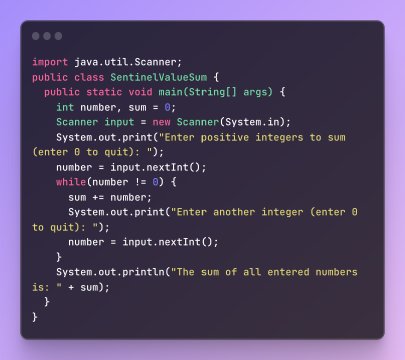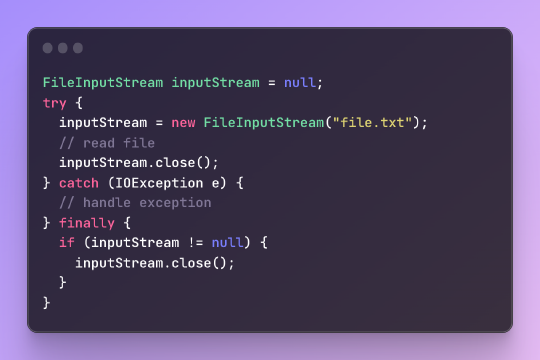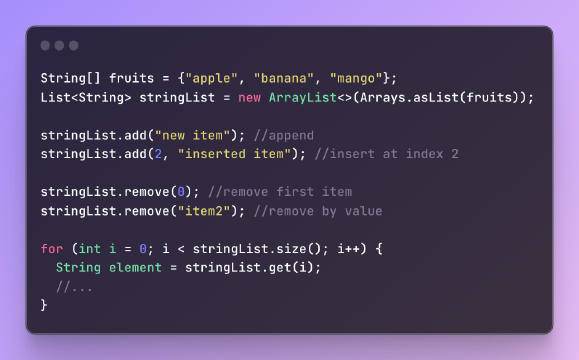Unleashing the Power of Overclocked GPT-3
OpenAI’s GPT-3 is a remarkable family of models that offers varying capabilities and speed. One of the key advantages of GPT-3 is the ability to utilize faster and cost-effective models for a wide range of tasks. By choosing the right model, users can achieve optimal performance while minimizing costs.
Writing counterintuitive prompts is an art that can significantly enhance the performance of GPT-3. By challenging the model’s intuition, we can push it to generate more accurate and creative responses. This approach unlocks the full potential of GPT-3, enabling it to surpass expectations.
Tailoring prompt design to match the strengths and weaknesses of each model is crucial for achieving maximum performance. Understanding how different models process information allows us to customize prompts accordingly. By doing so, we optimize the model’s output and ensure efficient results.
In addition to larger models like Davinci, smaller models such as Ada and Curie offer unique strengths that can be leveraged for specific tasks. These smaller models provide efficient solutions without compromising on quality. Ada, in particular, stands out as the fastest model, delivering answers a full second faster than Davinci.
By harnessing the power of overclocked GPT-3 models, optimizing prompt design, and leveraging smaller models like Ada and Curie, we can unlock enhanced performance and efficiency. In the following sections, we will delve deeper into understanding OpenAI’s GPT-3 models and explore strategies for maximizing their potential.
Understanding OpenAI’s GPT-3 Models
Overview of GPT-3 Models
OpenAI’s GPT-3 models come in different variations, each with its own unique capabilities and speed. These models are designed to cater to a wide range of tasks, from simple language processing to complex problem-solving. The diversity in models allows users to choose the one that best suits their specific needs.
Exploring the Range of Tasks Supported by GPT-3
GPT-3 models have proven their versatility by successfully handling various tasks. They can generate human-like text, translate languages, answer questions, and even write code. This broad range of capabilities makes GPT-3 an invaluable tool for businesses and individuals alike.
Comparing Performance and Cost
The advantages of faster and less-expensive models cannot be overstated. Curie, for example, is not only much faster than Davinci but also costs only 1/10th the price per API call. By opting for these more efficient models, users can achieve significant cost savings without sacrificing performance.
Unlocking the Potential of GPT-3 without Breaking the Bank
One of the key considerations when utilizing GPT-3 is finding the right balance between performance and cost. While larger models like Davinci offer impressive capabilities, they may not always be necessary or cost-effective for every task. By understanding the strengths and limitations of each model, users can make informed decisions about which model to use for optimal results within their budget constraints.
Optimizing Prompt Design for Enhanced Performance
The Art of Writing Counterintuitive Prompts
Writing effective prompts is an art that can significantly enhance the performance of GPT-3. It requires understanding the nuances of prompt design specific to GPT-3 models. Counterintuitive prompts, in particular, have proven to be highly effective in challenging the model’s intuition and pushing it to generate more accurate and creative responses. By deviating from conventional prompts, we can tap into the model’s potential and unlock its capabilities.
Tailoring Prompt Design to the Model
Understanding the strengths and weaknesses of a GPT-3 model is crucial for optimizing prompt design. Each model has its own unique characteristics that influence how it processes information and generates responses. By adapting prompt design to match these characteristics, we can optimize performance and achieve better results.
For example, Ada has shown some capability in understanding sarcasm in tweets, although not as well as Davinci. This knowledge allows us to customize prompts accordingly when using Ada or other models. By tailoring our prompts to leverage each model’s strengths, we can maximize their ability to generate accurate and contextually appropriate responses.
Customizing Prompts for Different GPT-3 Models
Another important aspect of prompt design optimization is customizing prompts for different GPT-3 models. As mentioned earlier, each model offers varying capabilities and speeds. By understanding these differences, we can create prompts that align with the specific requirements of each model.
For instance, if speed is a priority, utilizing faster models like Ada or Curie may be more suitable than larger models like Davinci. Customizing prompts to match the capabilities of these smaller models ensures efficient processing without compromising on quality.
Harnessing the Power of Smaller Models
Exploring the Strengths of Ada and Curie
Smaller GPT-3 models like Ada and Curie offer unique strengths that can be harnessed for specific tasks. These models provide efficient solutions without compromising on quality, making them valuable assets in various applications.
Utilizing Ada and Curie for Specific Tasks
Ada and Curie excel in different areas, allowing users to leverage their strengths for specific tasks. For example, Curie has demonstrated the ability to provide customer feedback analysis even without any examples of how to perform the task. This showcases its adaptability and effectiveness in understanding complex inputs.
Maximizing Efficiency with Smaller Models
One of the key advantages of smaller GPT-3 models is their efficiency. They offer faster processing times compared to larger models like Davinci, while still delivering impressive results. By harnessing the power of these smaller models, users can achieve optimal performance without sacrificing time or resources.
In addition to their speed, smaller models also come at a lower cost. Ada, for instance, costs only 1/75th the price per API call as Davinci. This affordability makes it an attractive option for those looking to maximize efficiency while keeping costs in check.
By exploring the strengths of Ada and Curie and utilizing them for specific tasks, we can harness the power of smaller GPT-3 models effectively. Their efficiency and cost-effectiveness make them valuable tools in achieving optimal performance without compromising on quality.
Unleashing the Full Potential of Overclocked GPT-3
Harnessing the Power of OpenAI’s GPT-3 Models for Enhanced Performance
OpenAI’s GPT-3 models offer a world of possibilities for enhancing performance in various tasks. By understanding the capabilities and nuances of different models, users can choose the most suitable one to achieve their desired outcomes. Whether it’s generating human-like text, translating languages, or answering questions, GPT-3 models provide a powerful toolset for unlocking enhanced performance.
Optimizing Prompt Design to Unlock the Model’s Full Potential
The art of prompt design plays a crucial role in maximizing the potential of GPT-3 models. By writing counterintuitive prompts that challenge the model’s intuition, we can push it to generate more accurate and creative responses. Tailoring prompt design to match each model’s strengths and weaknesses further optimizes performance and ensures efficient results.
Leveraging the Strengths of Smaller Models for Efficient and Effective Results
Smaller GPT-3 models like Ada and Curie offer unique strengths that can be leveraged for specific tasks. Their efficiency, speed, and cost-effectiveness make them valuable assets in achieving optimal performance without compromising on quality. By harnessing the power of these smaller models, users can unlock enhanced efficiency and effectiveness in their applications.
In conclusion, by harnessing the power of OpenAI’s GPT-3 models, optimizing prompt design, and leveraging the strengths of smaller models like Ada and Curie, we can unleash the full potential of overclocked GPT-3. This combination allows us to achieve enhanced performance while maximizing efficiency and effectiveness in various tasks.
